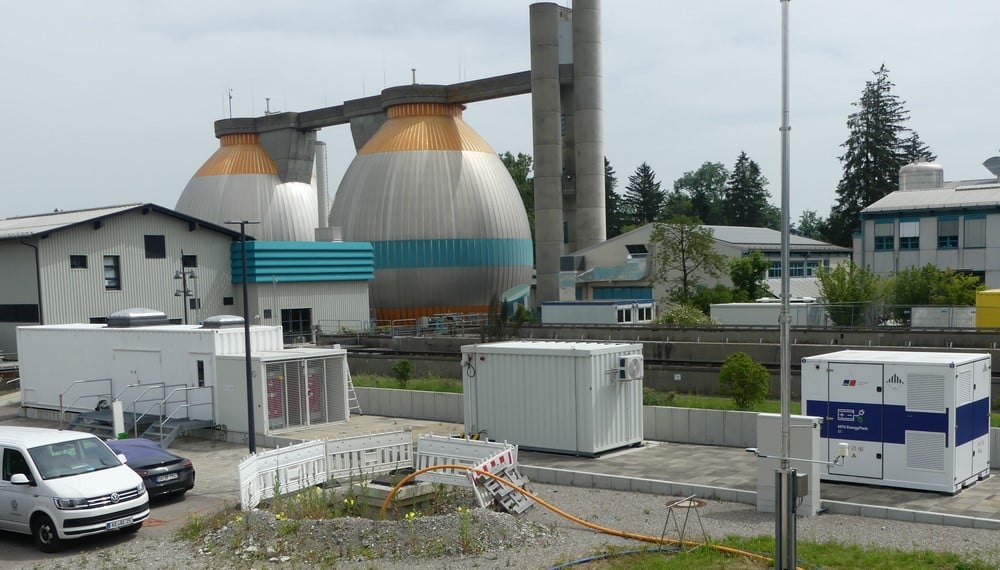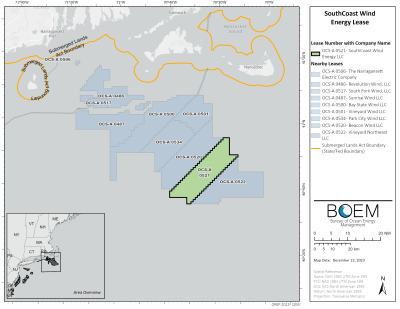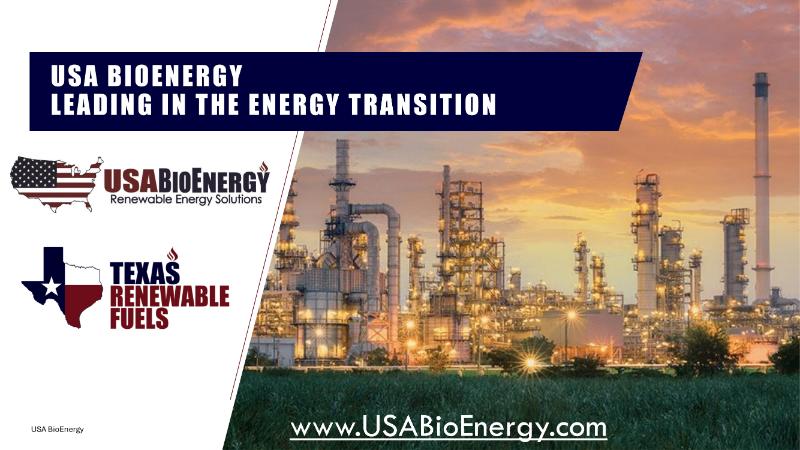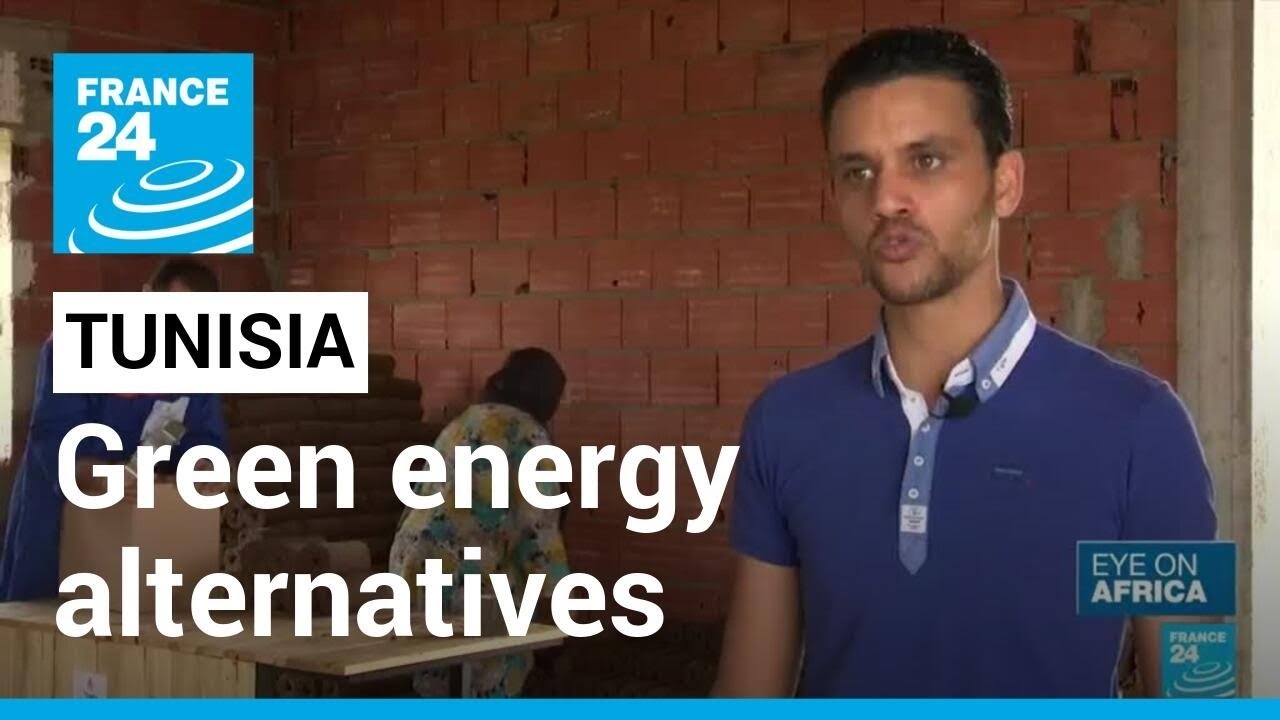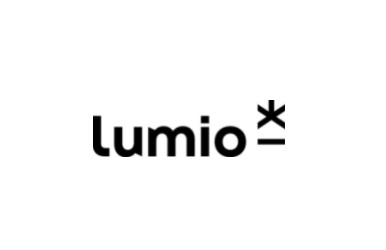
According to the Hydrogen Council, hydrogen is central to the world’s transition towards Net Zero, with 22% of the world’s energy demand one day expected to be hydrogen-fuelled.
Hydrogen is often touted as a clean energy solution for parts of the economy that are traditionally difficult to decarbonize. Think industrial processes, domestic heating, and heavy-duty transport.
Despite being the most abundant element in the universe, one challenge posed is its production and distribution. This is where the ‘Hydrogen Corridor’ comes in, the most prominent being the Central European Hydrogen Corridor (CEHC).
Dover Fueling Solutions® (DFS), explore the major hydrogen corridors across Europe and their wider impacts on the economy – from jobs to logistics to refueling infrastructure.
What is a Hydrogen Corridor?
A Hydrogen Corridor refers to an import-based supply chain for hydrogen. It involves producing hydrogen in its country of origin and transporting it to the border of the country of destination.
For instance, the CEHC transports hydrogen from its major supply areas in Ukraine and the Czech Republic to Germany – the biggest hydrogen importer in Europe.
These corridors play a crucial role in establishing hydrogen infrastructure, including a network of refueling stations, pipelines, and storage facilities.
When imported, hydrogen has various uses as part of the decarbonization mix, including fuel cell vehicles, heavy industry, and power generation.
What are the main Hydrogen Corridors in Development?
Ultimately, the aim is for Europe to be underpinned by a sprawling hydrogen network that supports all of its various applications, including transport.
There are currently five hydrogen corridors in development to help accelerate the continent’s 2030 hydrogen goals, as outlined in the REPowerEU plan.
These include:
Corridor A: North Africa & Southern Europe
The corridor will leverage renewable energy sources (wind & solar) in North Africa to produce hydrogen, which will then be transported via pipelines to meet demand in Southern Europe.
Corridor B: Southwest Europe & North Africa
Similar to corridor A, this will focus on connecting North Africa with Southwestern Europe.
Corridor C: North Sea
The North Sea corridor involves countries in and around the North Sea region. This will transfer hydrogen produced from offshore wind farms to Northern Europe.
Corridor D: Nordic and Baltic regions
Corridor D spans the Nordic and Baltic countries and will generate the energy needed to produce hydrogen through offshore and onshore wind farms. The pipeline proposes to decarbonise industry/transport along its route through the Nordics, Baltics, Poland, and Germany.
Corridor E: East and South-East Europe
Corridor E, with its reach across Eastern and Southern Eastern Europe, will connect the high supply potential hubs of Ukraine, Greece, and Romania with the rest of Europe, leveraging their significant land availability and high potential for wind and solar energy.
What will this mean for the refueling industry?
To meet all this demand and growth, the hydrogen refueling market is also expected to swell accordingly.
Simon Keuschig, Hydrogen Business Development Manager at DFS, said: “In recent years, we’ve witnessed record numbers of hydrogen fueling stations opening across Europe with a 22% increase from 2021.
“To support this, EU states have also pledged to introduce hydrogen fueling stations in all major cities deemed ‘urban nodes’ and along every 200km of the Ten-T core network.
“As of April 2024, the EU’s Alternative Fuels Regulation has become applicable, ensuring the minimum infrastructure is in place to support the required uptake of alternative fuel vehicles across all transport modes and in all EU Member States.
“This is a framework which is standardised across the continent which can bring assurance to producers and station owners that hydrogen is a safe investment.
“The regulation also includes provisions for ensuring user-friendliness of recharging infrastructure. This includes intuitive payment options, pricing transparency and consumer pricing.
“This will not only accelerate the decarbonisation of the transport sector, but as hydrogen adoption continues, the cost of onsite production is predicted to fall drastically, making it a more viable option and a more affordable long-term investment.”
As of December 2023, European hydrogen prices were at $7215 / MT.
Further hydrogen infrastructure developments
As of 2023, there are 178 operational and publicly accessible H2 service stations within Europe. Germany leads the way with 96 of these, followed by France (21) and the Netherlands (14).
The vast majority of these have 700 bar dispensers for cars while about one in three have dispensers that allow users to refuel cars and buses at 350 bar.
To continue making hydrogen an accessible, mainstream fuel, Simon explains: “A fully-functioning hydrogen economy requires three main ingredients: consumer demand, a clear case for business and technological development.
“It’s clear that net-zero policies create great demand for hydrogen cars, trucks and buses but we also need more infrastructure in place. To enable this, this will have to be commercially viable and economical. This means that station builders, network operators, truck producers and passenger car plant users are all aligned.
“Technological development can further expedite this, improving the efficiency of production and consumption to lower the overall price of hydrogen and make it more interesting on a commercial level.”
What the growth of the hydrogen industry means for Europe
The growth of the hydrogen industry may well have a profound effect on Europe, not just from a transport economy but on the wider economy too.
As the hydrogen movement gathers “unprecedented momentum” – according to the International Energy Agency – 20,000 jobs will likely be created for every $1 billion in green hydrogen investment.
Globally, an impressive 30 million jobs are expected to be created by the hydrogen industry by 2050.
Hydrogen’s job creation will not be limited to production, logistics, and transport; as an emerging industry, it will also encompass training and research and development roles.
Due to the rapid growth of the economy and industry, the EU is predicting a hydrogen skills gap and has, therefore, created the Hydrogen Skills Agenda. This will bring even more jobs via training and education avenues.
Exponential growth within the hydrogen industry continues apace thanks to large-scale hydrogen corridors spanning Europe.
 This will not only help keep the continent moving via sustainable transport methods but will also significantly create jobs for the energy sector.
This will not only help keep the continent moving via sustainable transport methods but will also significantly create jobs for the energy sector.
The hydrogen energy transition presents a big opportunity for future generations of workers meaning governments/corporations must equip their workforce with the requisite skills to thrive in the H2 economy.
About The Author: Thank you to Dover Fueling Solutions for sharing their industry insights. For more information about Dover Fueling, please visit their website: https://www.


